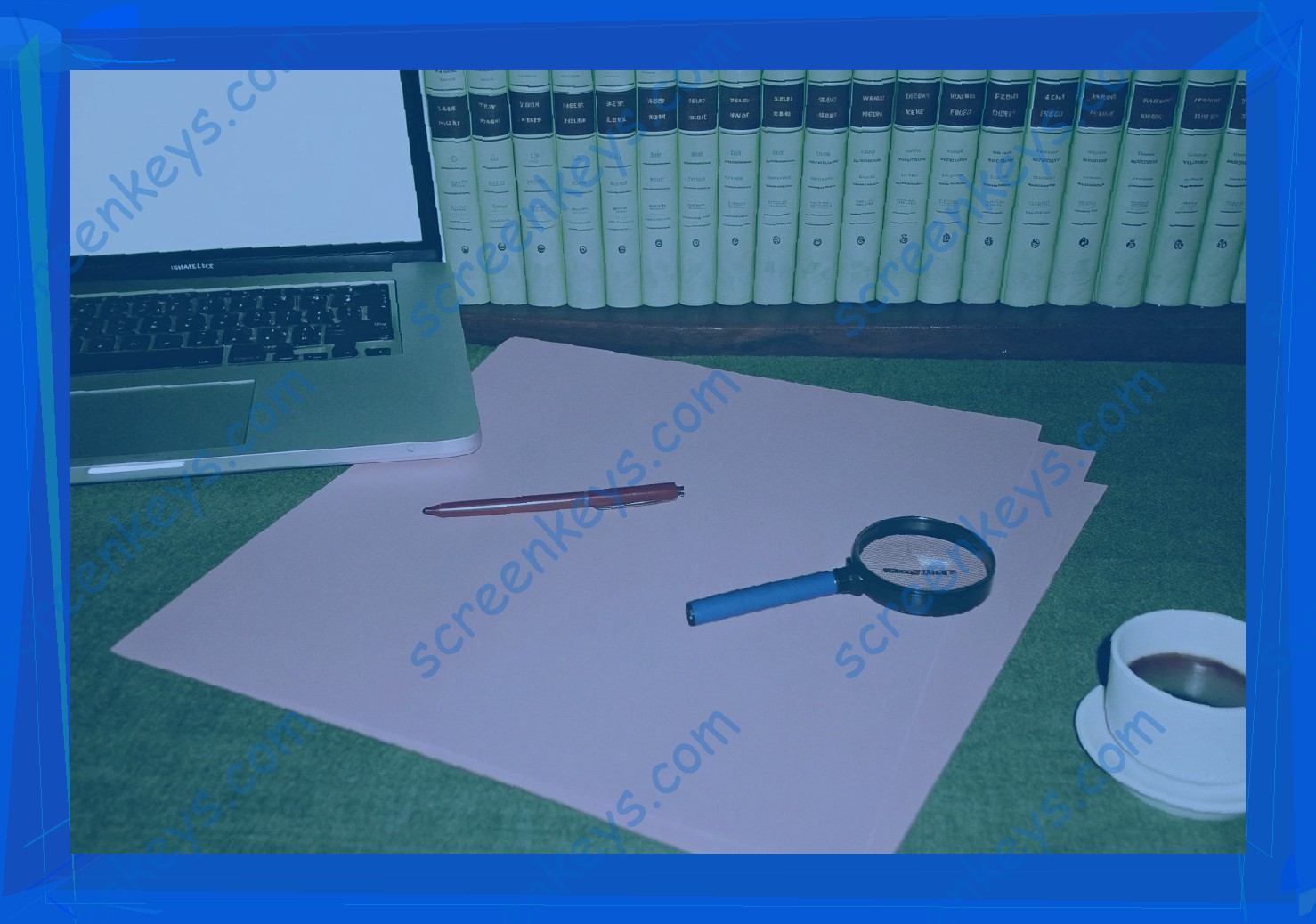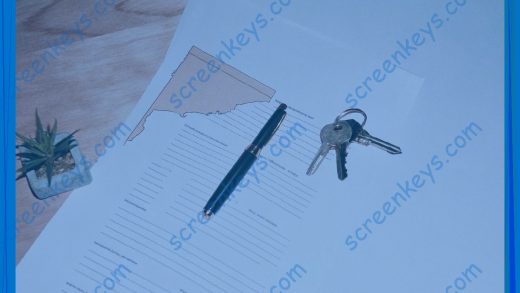The Significance of Proper Legal Proofreading
For any text, we should have a proofread document before we file it in the court or send it to an opposing party. In legal contexts, however, it is even more important that we get it right the first time. The penalty for a drafting mistake may be harsher in the legal context than in general business correspondence. In a business e-mail, businesses might excuse a missing comma here or there. But if a brief to the court is missing a comma – or, for that matter, a page of argument – then we are looking at damages in the case that is just being litigated. Unfortunately, the same is true for typographical and grammatical mistakes and even sentence structure. It is not uncommon in drafting legal briefs that a missing word can completely change the argument being made and wreak havoc upon the entire case. Moreover , the potency of words in legal writing should not be underestimated. Yet we often find that it is the most careless of errors, the typographical errors, that can detract from the real potency of what is being said. Careless typographical errors also detract from how we come across when we are communicating with our clients and other parties. A client who is receiving sloppy drafts and briefs may start to question how seriously we are taking their case. It is possible that other parties are similarly put off by what they perceive as a lack of attention to detail and may not come back to us for future representation. It should come as no surprise that it is imperative that we have accurate proofreading in our legal communications. We must also recognize how important proofreading is so that we are keeping an eye out for it throughout the drafting process.
Proofreading Mistakes Commonly Seen in Legal Documents
Legal documents, no matter the subject matter, are particularly susceptible to a wide range of typographical errors. A typographical error is defined by Merriam-Webster as a mistake in printed or typeset material. Unfortunately, a typographical error in a legal document could lead to unintended consequences. Consider, for example, that the word "for" typed in place of "in" may change the meaning of an entire sentence and even though the word has only one letter that is different, it will alter the intent of that sentence. There are several examples you can look out for while proofreading, including the following:
Incorrect or inappropriate terminology is another type of error that shows up frequently in legal documents. Whether it’s a misspelled word or incorrect legal word usage, the difference could be the difference between winning and losing your case; not to mention that it can lead to discrepancies, disputes and misunderstandings. It is important to check for these types of terms:
Finally, you will find several different formatting errors in legal documents. These may have been set from the beginning of the process, and left in place throughout the drafting of the document, or inconsistent formatting could result from several different people adding in different sections. In either case, it is important to look for things like:
How to Properly Proofread
Mastering the proofreading process also means knowing what prevalence of mistakes in documents suggest the most appropriate correction techniques. Reading aloud as you proof your work can be effective in many ways, whether you are proofreading a legal motion, a complaint, or a form agreement. The first thing it does is isolate the material in a way that protects your judgment from being clouded by having the content already in your head; therefore, it creates an opportunity for you to listen to how the content sounds on its own. With the text written down, you are able to pay attention to details that might otherwise be overlooked, particularly when there is a subtle but relevant distinction between two synonyms. A similar benefit can arise from having a colleague read aloud to you as you follow along with the text like you would while reading along with a narrator to a story. For many people, proofreading is a time when you have to rely on your judgment to determine the most likely interpretation of a statement; that’s not an easy thing to do until you have noticed all of the different angles that are possible. Even if it is a relatively simple piece of material, it is important to confirm that you have considered the ways it could be misconstrued. When you read aloud, the text has your full attention, with each word emphasized by your efforts to enunciate it loudly and clearly. The process of pronouncing words as you read them can help reestablish the focus on each word in the sentence, keeping each one in context and making it more difficult to skip over them. Reading aloud is a top choice if you are proofreading something lengthy. One of the drawbacks of reading aloud is that it places the responsibility of reading back to you; naturally, mistakes will be overlooked when your attention is divided between reading and processing the text. A more efficient way to focus solely on the proofreading task itself may be to have one of the text’s intended recipients do the reading to you, preferably to someone else. This allows you to concentrate your attention on listening for errors in pronunciation while you are also considering whether the text is appropriate for that audience. When an appropriate person reads aloud to you, it also increases the likelihood that you will pick up on errors that could result in embarrassment if the material was actually read to someone that you hadn’t also given the opportunity to review beforehand. The ideal situation is if you have one or two people read aloud to you. In addition to actually reading aloud, effective proofreading often requires having a tool to make it easy to mark-up one’s work with all necessary edits and corrections. For example, you may want to use a red pencil or a colored pen such as blue to make edits and corrections, and then use black to mark the content that is not meant for the final draft. Some people choose to convert their documents to black and white before making edits, as this makes it easier to distinguish copies of the document from the original copy; however, this is not always practical because the proofreader may prefer to see colors for shorthand notation on the document. In those circumstances, some people find it more valuable to get another set of eyes on the document. If this is not possible, then you can take an extra copy of the document and scan it into your computer after printing it out in standard black and white so that you can easily compare each version of the document. In addition, using digital tools like SoMultiple, either to find the differences between documents or to create a comparison between an existing document and a template, is the preferred method for digital documents where a printed copy will simply not do the job. No matter what you’re proofreading, errors can go unnoticed the first time you review the document, but subsequent rounds of review should reveal anything that seems inconsistent with the quality you expect from your work. One strategy that can be helpful for your review is to approach each round of editing with a different lens in mind, whether this is through using top down and bottom up approaches, just as there are different approaches to reviewing mathematical proofs. Both approaches can also be incorporated into a review of the formatting choices for documents, along with a careful review of any numbers, especially dates, that appear in the text, as those are among the easiest types of typographical errors to overlook. Likewise, skipping physical distinctions and spaces and other formatting errors (e.g. font, font color, indentation, spacing, etc.) can be costly in terms of quality. Most people will tend to spend more time looking at the content of a document than the format, and that’s why this aspect of proofreading is so important.
The Role of Technology in Legal Proofreading
Technology has transformed the way proofreading is done, offering tools that can help both experienced proofreaders and legal practitioners who may only proofread documents occasionally. Modern proofreading software uses a collection of algorithms to help spot errors, identify stylistic flaws, or check for consistency.
Spelling and Grammar Checks
The most basic feature in most word processing programs is a spelling and grammar check. This can help catch many common errors, but these checks are not foolproof. For instance, the check is not capable of spotting a correctly spelled word used in the wrong context, nor will it organize complex grammatical problems such as misplaced modifiers or run-on sentences. Spelling and grammar checks can be a helpful addition to the proofreading process, but they should not be relied upon exclusively.
Style and Readability Tools
Many modern word processing programs and online proofreading applications include tools that can check for "readability." This includes the reading level a document is written at. In addition, some tools check for "passive voice," or the overuse of certain words, which can make a document difficult to read. These tools can be helpful when proofreading, but they have shown to not be universally reliable. Like all technology, they can be overly sensitive. A simple list of run-on sentences may be flagged by the technology tool when the sentences are actually just longer sentences that follow proper grammar rules. Although the technology is not universally reliable, word choice and the use of passive voice are things that should be reviewed when proofreading documents. A complete analysis using the technology is probably overkill, but a quick check won’t hurt.
Legal Proofreading Software
There are also tools specifically designed for legal proofreading. These are intended to help legal writers in proofreading their own work. Most of them check for the "Bluebook" citation rules, such as the capitalization of words within a citation, citation format, or oversights within a document. Some tools will also include a "grammar guide" option. Unlike general proofreading tools that check for spelling and grammar, these legal specific proofreading applications understand the unique parts of legal writing, and are generally more reliable than general proofreading technology.
Proofreading Tips for Legal Documents
There is no substitute for a thorough proofreading of your legal document, regardless of its type. While longer legal documents – like agreements or pleadings – are arguably more likely to contain errors, brevity doesn’t necessarily ensure that the drafter has reviewed the document for consistency with the overall document and the substance of each section. Accordingly, proofreading requires focused attention, especially on the concluding paragraphs and signature block, which are more likely than other sections to engender a sense of "it’s done."
When proofreading lengthy legal documents, it can be easy to jump to conclusions about the meaning of a particular paragraph without going back to check the context, which may be buried several pages earlier. "Headings are often incorrectly relied upon to independently convey the full meaning of a paragraph. Too often I see a paragraph end in a particular manner, and the paragraph heading state something completely inconsistent with that wording," says Erin O’Leary. "Each paragraph should have a clear functional purpose that comports with the heading , and the heading itself should not be relied upon as a substitute in determining the purpose of that paragraph." Julie Zeitler-Jones agrees. "A related pitfall, especially with non-standard cross-references, is that sections do not always follow sequentially, but instead loop back to earlier sections that require verification rather than inference," she observes.
Try reading the document aloud to hear clues about extraneous words or awkward phrasing, and for a check on conciseness. Also, try to separate yourself from the document for a time, and then return to its review with fresh eyes to catch errors that you might have previously overlooked.
While it is generally advisable to keep your eyes on your own proofread work, a second opinion can also be useful. "I find it helpful to have an associate review a critical document after I’ve gone through it first, particularly if the topic is new to me," says Zeitler-Jones. "Alternatively, pairing an experienced attorney with a newer attorney on sensitive proofreading can provide a mutually beneficial review process." O’Leary cautions, however, that "second opinions can be a double-edged sword. Take it as advice, not as gospel; remember, you are ultimately responsible for your own work."
Advantages of Hiring Professional Proofreading Services
While it may be tempting for busy lawyers to give proofreading short shrift, both for their own documents or outsourced ones, dedicated proofreading services fill a crucial need that some legal professionals overlook. The benefits of professional proofreading are many, especially for those who regularly draft complex legal documents and briefs. Perhaps the most immediate benefit is an enhanced level of accuracy and correctness. A professional proofreading service will apply its technical expertise and awareness of common mistakes to thoroughly check each document for accuracy and correctness. Proofreading services provide an extra layer of legal research and writing support that helps ensure all of the necessary bases are covered in the finished document. Just as important, however, is how hiring a professional proofreading service can prevent revisions further down the line. For legal professionals who routinely find themselves scrambling to complete a document just before a deadline, sending it off with a professional proofreader can help eliminate such last-minute work and relieve deadline pressure. A document that already has been tweaked and made into its final form is far less likely to require revision. For law firms, this often equates to better time management and increased profits. Utilizing a proofreading service may come at the cost of outsourcing something that could be done in-house, but oftentimes the initial expense is offset by the ability to turn around work more quickly and take on additional clients. Beyond the usual business reasoning, however, outsourcing proofreading can also provide greater peace of mind. Knowing that a critical document has the stamp of approval of an experienced professional proofreader allows for clearer thinking and greater focus on other client responsibilities and case management issues. When the stakes are high, knowing that every effort is being made to get the proofreading step right provides tremendous reassurance. At every stage of the document preparation process, attention to detail is essential. Professional proofreading services pro-actively demonstrate that such attention will continue even once you finish the writing phase and think the work is done.
The Difference Between Proofreading and Editing
Proofreading and editing are two processes that, in the context of writing legal documents, serve slightly different purposes. We may use the words interchangeably at times, but their meanings are distinct when it comes to fine-tuning the text of a motion or brief.
Editing is the process of making changes to the document. It also might involve adding information, updating information or removing information, but it is more than just change. In essence, the editor’s goal in this phase is to improve the content of the document. This is when we try to make sure that the facts and legal analysis are correct and that the writer has included everything he or she feels is necessary for the primary audience to understand the information. This is where we try to make sure that the document accomplishes the writer’s purpose , whether that purpose be persuading the court to grant the motion for summary judgment or moving the court to reconsider.
In contrast, the proofreader’s job is to make sure that the document accomplishes those things without costing an arm and a leg to file with the court. The proofreader checks the formatting, the language of the document and the citation (if it has one) for accuracy.
This also means that the proofreader handles unpleasantries that might embarrass the editor, such as typos in a number the editor just did not catch or an incompletely cited case that the editor overlooked. She also makes sure that the document meets all of the requirements of The Bluebook, the court rules, and any specific local rules.




